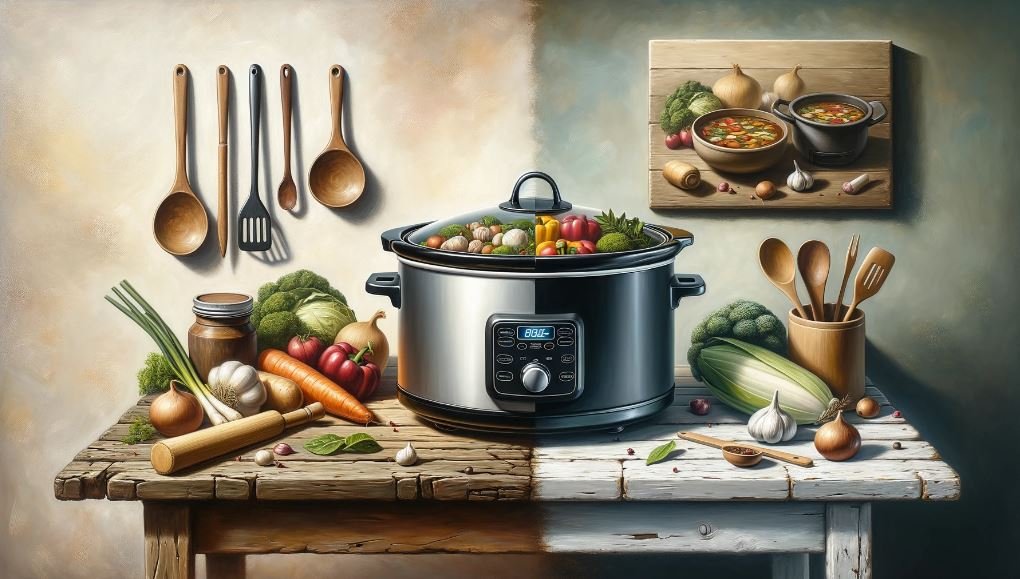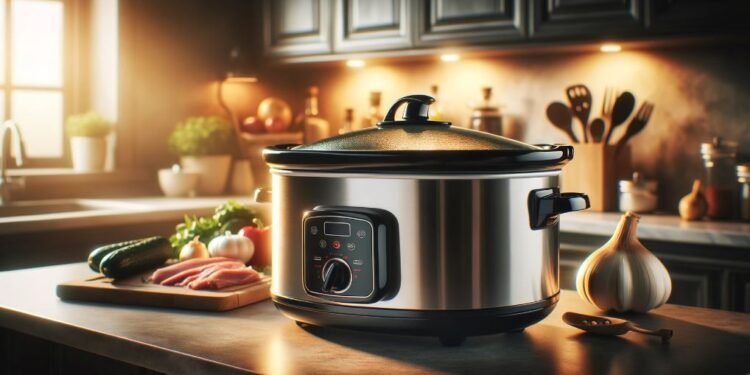The Crock-Pot’s introduction in 1971 not only changed the way households approached cooking but also significantly influenced the modern culinary scene. Its slow cooking method, derived from ancient traditions, merged well with the pace of contemporary lifestyles. Let’s delve deeper into how this iconic appliance transformed kitchens and revolutionized the culinary world.
The Cultural Significance of Slow Cooking
The roots of slow cooking, as mentioned, trace back to Jewish families in Vilna. This method was more than just a cooking technique; it was a cultural practice intertwined with religious traditions and communal living. By leaving the stew to cook overnight, families could observe the Sabbath without compromising their meals. This tradition, though ancient, was a precursor to the convenience that modern households would seek. The Crock-Pot’s eventual popularity underscores how ancient techniques can seamlessly fit into contemporary contexts, emphasizing the cyclical nature of culinary traditions.
The Game-Changer for Working Professionals
The 1970s witnessed a surge in dual-income households, with more women entering the workforce. The need for efficient home management solutions became paramount. The Crock-Pot, with its set-and-forget feature, emerged as a game-changer. Working professionals could prepare the ingredients in the morning, set the appliance, and return home to a warm, cooked meal. This appliance became synonymous with convenience, offering a solution that catered to the needs of the modern working-class family.
From Traditional to Versatile: Expanding the Crock-Pot’s Culinary Horizons
Over the decades, the Crock-Pot has moved beyond traditional stews and soups. With the plethora of recipes now available, users can make various dishes, from main courses to desserts. This versatility has expanded its appeal, attracting both novice and seasoned cooks. Whether you’re making a pot roast, a vegetarian curry, or even a chocolate lava cake, the Crock-Pot can easily handle it, making it a staple in many households.

Safety Features and Modern Innovations
Safety in the kitchen is paramount, and modern Crock-Pots have incorporated features that ensure the user’s security. Most models now have secure locking lids, spill-resistant seals, and stay-cool handles. Moreover, integrating digital controls and programmable settings means users can specify cooking durations and temperatures, ensuring perfectly cooked meals. Such technological advancements elevate the user experience, solidifying the Crock-Pot’s position as a must-have kitchen appliance.
The Environmental and Economic Impact of the Crock-Pot
In an era where energy conservation and economic efficiency are at the forefront, the Crock-Pot shines. Its energy-efficient nature, coupled with the ability to make cheaper cuts of meat delectable, means households can save on both electricity bills and grocery expenses. Furthermore, its design reduces the need for multiple pots and pans, resulting in fewer dishes to clean and less water usage.
In Conclusion
The Crock-Pot, with its rich history and continued relevance, stands as a testament to how particular inventions can stand the test of time. Its ability to evolve, incorporating modern technological advancements while retaining its essence, has solidified its position in the annals of culinary history. As kitchens become increasingly high-tech, the Crock-Pot remains a reminder of the beauty and efficiency of simplicity. It’s a bridge between the past and the present, and undoubtedly, it will continue to be a cherished appliance in future kitchens.
Also, Read Kitchen Organization: Simple Strategies for a Tidy Space.


















